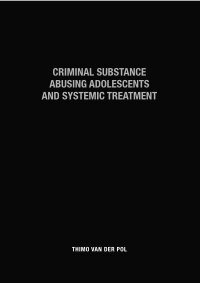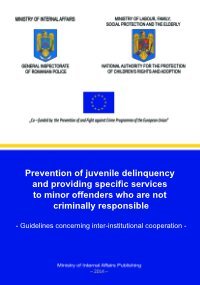National Research Council.
In the past decade, a number of state, local, and tribal jurisdictions have begun to take significant steps to overhaul their juvenile justice systems - for example, reducing the use of juvenile detention and out-of-home placement, bringing greater attention to racial and ethnic disparities, looking for ways to engage affected families in the process, and raising the age at which juvenile court jurisdiction ends. These changes are the result of heightening awareness of the ineffectiveness of punitive practices and accumulating knowledge about adolescent development. Momentum for reform is growing. However, many more state, local, and tribal jurisdictions need assistance, and practitioners in the juvenile justice field are looking for guidance from the federal government, particularly from the Office of Juvenile Justice and Delinquency Prevention (OJJDP) in the Department of Justice.
Implementing Juvenile Justice Reform identifies and prioritizes strategies and policies to effectively facilitate reform of the juvenile justice system and develop an implementation plan for OJJDP. Based on the 2013 report Reforming Juvenile Justice, this report is designed to provide specific guidance to OJJDP regarding the steps that it should take, both internally and externally, to facilitate juvenile justice reform grounded in knowledge about adolescent development. The report identifies seven hallmarks of a developmental approach to juvenile justice to guide system reform: accountability without criminalization, alternatives to justice system involvement, individualized response based on needs and risks, confinement only when necessary for public safety, genuine commitment to fairness, sensitivity to disparate treatment, and family engagement. Implementing Juvenile Justice Reform outlines how these hallmarks should be incorporated into policies and practices within OJJDP, as well as in actions extended to state, local, and tribal jurisdictions to achieve the goals of the juvenile justice system through a developmentally informed approach.
This report sets forth a detailed and prioritized strategic plan for the federal government to support and facilitate developmentally oriented juvenile justice reform. The pivotal component of the plan is to strengthen the role, capacity, and commitment of OJJDP, the lead federal agency in the field. By carrying out the recommendations of Implementing Juvenile Justice Reform, the federal government will both reaffirm and advance the promise of the Juvenile Justice and Delinquency Prevention Act.
Washington, DC: The National Academies Press. 2014. 122p.













